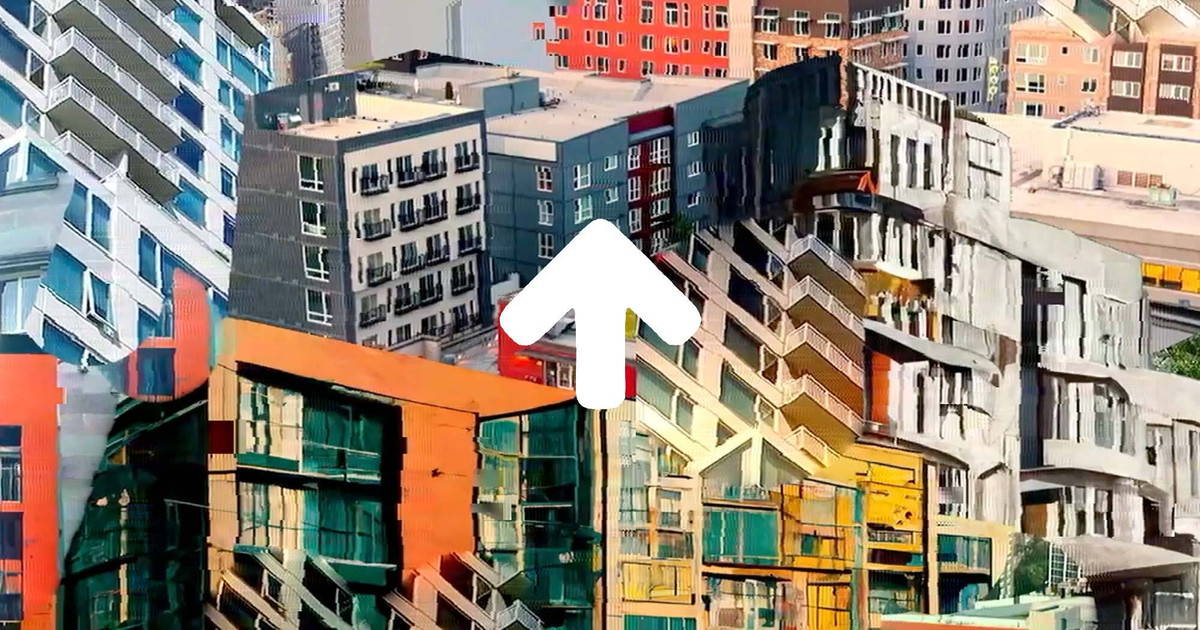DarkRange55
I am Skynet
- Oct 15, 2023
- 1,836
Despite what Hollywood would have you believe…
Water under pressure in a pipe is held in place by a small plug. Fused link system: The sprinkler is held shut by a piece of metal that melts at relatively low temperatures. (Wood's metal: alloy of 50% bismuth, 26.7% lead, 13.3% tin, and 10% cadmium by mass). If there's a fire around the sprinkler, it will melt the metal piece. Or a fragile pressurized glass ampoule full of low-boiling fluid. (A mixture of alcohol and water or glycerin and water. The percentage of each is changed to determine the activation temperature of the head. The color is from a dye and indicates the activation temperature). It's much like a thermometer. Heat causes the fluid to expand and boil, producing enough pressure to break the capsule through thermal expansion. When the bulb breaks, it allows the plug to fall down to release water onto the sprinkler head. There's also a hybrid system for places like museums that also requires a smoke alarm to first be tripped, too. Either way the sprinkler isn't held shut anymore, opens, and begins spraying water. Water to hit the flower-shaped deflector, which spreads it around in a spray. Four main different shapes depending on placement. The serrated edges are to help break apart the water. Usually just one or a few in that area spray because this is usually sufficient and also helps minimize water damage. The small circular pieces that cover the sprinklers are pot metal or tin. Very low-melting point just to camouflage, they fall down when there's a fire. Fire code has to have sprinklers every number of feet. The water that comes out is often very dirty since its been sitting in those old pipes for a long time.
(Former commercial building engineer, manufacturing liaison in Vietnam and also cilivil construction in China, among many other jobs)!
Water under pressure in a pipe is held in place by a small plug. Fused link system: The sprinkler is held shut by a piece of metal that melts at relatively low temperatures. (Wood's metal: alloy of 50% bismuth, 26.7% lead, 13.3% tin, and 10% cadmium by mass). If there's a fire around the sprinkler, it will melt the metal piece. Or a fragile pressurized glass ampoule full of low-boiling fluid. (A mixture of alcohol and water or glycerin and water. The percentage of each is changed to determine the activation temperature of the head. The color is from a dye and indicates the activation temperature). It's much like a thermometer. Heat causes the fluid to expand and boil, producing enough pressure to break the capsule through thermal expansion. When the bulb breaks, it allows the plug to fall down to release water onto the sprinkler head. There's also a hybrid system for places like museums that also requires a smoke alarm to first be tripped, too. Either way the sprinkler isn't held shut anymore, opens, and begins spraying water. Water to hit the flower-shaped deflector, which spreads it around in a spray. Four main different shapes depending on placement. The serrated edges are to help break apart the water. Usually just one or a few in that area spray because this is usually sufficient and also helps minimize water damage. The small circular pieces that cover the sprinklers are pot metal or tin. Very low-melting point just to camouflage, they fall down when there's a fire. Fire code has to have sprinklers every number of feet. The water that comes out is often very dirty since its been sitting in those old pipes for a long time.
(Former commercial building engineer, manufacturing liaison in Vietnam and also cilivil construction in China, among many other jobs)!

